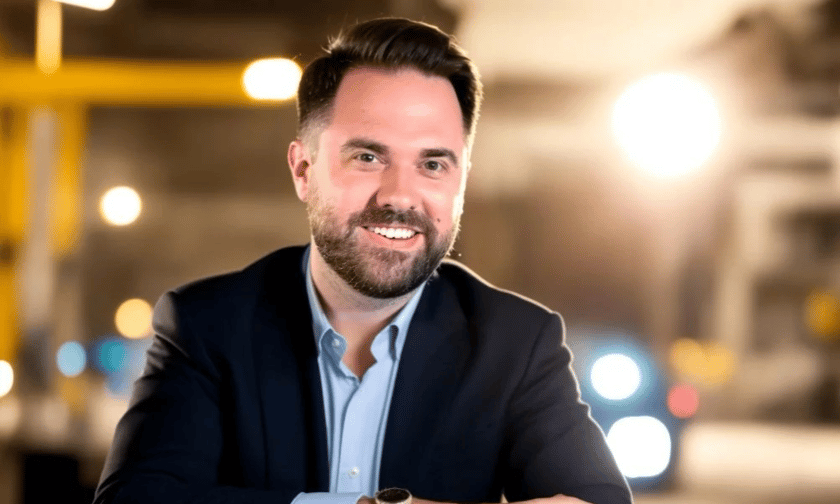

In a recent interview with Insurance Business, Ed Halsey (pictured), VP of marketing at Genasys, shared his insights into the need for insurtech businesses to build solid foundations and not fall into the trap that is ‘growth at all costs’.
He highlighted that there has “undoubtedly” been far too great an emphasis on growth in the insurtech space, with some players forgetting that, “if you build an exceptional product or service, growth ultimately takes care of itself”.
“If you want to sell more,” he said, “my view has always been that you find the thing your buyer truly cares about, the thing that actually compels them to move vendor, broker or insurer and shape your business model around delivering that, supported by the very best in customer service.”
From Halsey’s perspective, it’s clear that both product development and innovation are being “suffocated” as a result of the insurtech sector’s obsession with growth. Funds are being stripped and repurposed “towards growth”, he said, often with an emphasis on bloated sales teams but it’s entirely a false economy.
“Nothing is more compelling to a buyer than social proof – happy customers out in the marketing advocating for a software vendor’s platform – and that begins and ends with an exceptional product and service,” he said. “In my experience, founders and senior execs have limited bandwidth for time, resources and mental capacity.
“If you apply the Four Burners Theory to your insurance business, normally reserved for work-life balance, we’d perhaps consider them to be product, sales, finances and operations. As the theory goes, in order to be successful you have to be able to cut off one of your burners. And in order to be really successful you have to cut off two.”
If the sales burner is always on full blast for a business, he said, that leaves very little gas for product, finances and operations. So, inevitably, they all then begin to suffer.
“Now imagine you’re going through a funding round,” he said, “which inevitably takes longer than you think and is paramount to your survival – suddenly product and operations become a distant afterthought and the end-customer suffers, and you start to create a vicious circle.”
So what can be done to create a healthier insurtech market? Halsey noted that it’s when investors demonstrate curiosity and recognise the limits of their own expertise that the sector tends to see sustainable valuations.
“Yes, they are actively agitating the problem and asking questions to improve their understanding, yet they can accept what they don’t know and are comfortable listening to those that have the necessary insurtech experience and expertise,” he said. “I’m expecting to see the VC-model change significantly, as investment firms move to hire from inside their specialist industries, such as insurance and insurtech, for greater depth of understanding.”
He highlighted that those investors coming from within the industry will be more acutely aware that evolving innovation in technology doesn’t simply change the world on its own – it’s how it’s critically applied as a credible solution. This is the other part of the equation, he said, and, in his opinion, the market needs to see more insurtechs focused on solving genuine, defined problems for the insurance industry, rather than developing insurtech products simply for the sake of tech.
“The bigger the genuine problem, then the more profound the solution, which will have far more staying power than a flash-in-the-pan idea that’s a kneejerk tech reaction or even AI-washing – the insurance industry can see through such smoke and mirrors,” he said. “So here I’m talking about products and services that tackle the biggest operational costs, help to win and retain business, improve the user experience to increase customer satisfaction and essentially enable insurance businesses to reach their true potential.
“This change in approach will be attractive to cautious investors and help to encourage healthier, sustainable valuations.”
